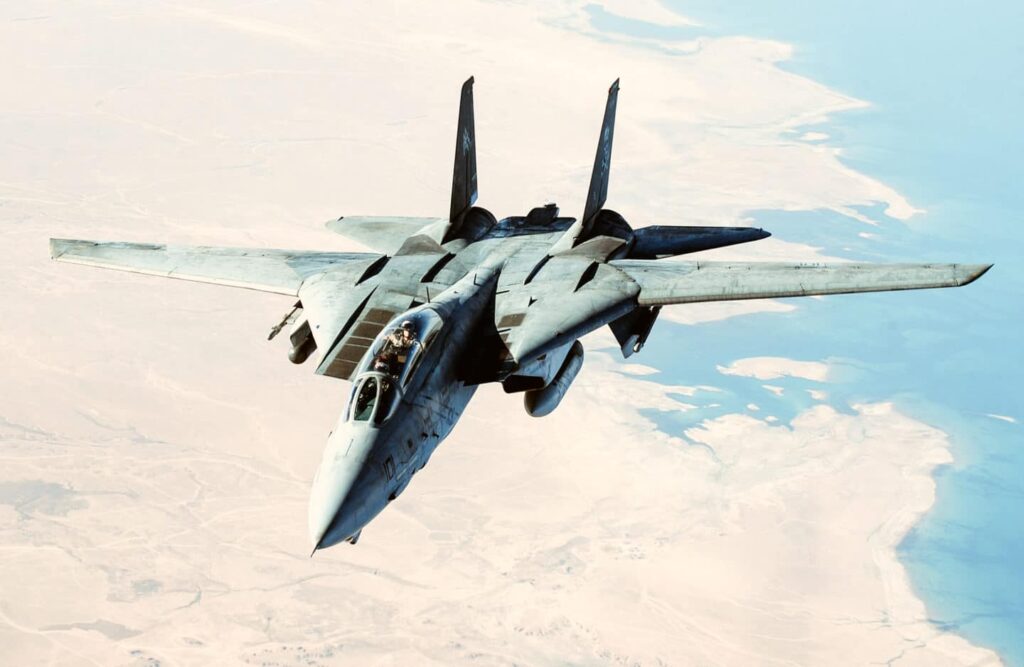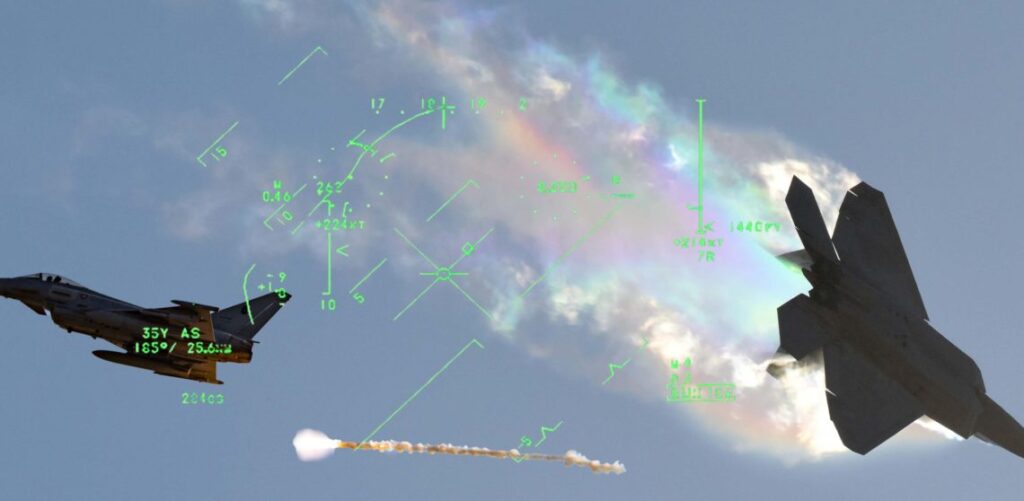While tensions between the United States and Iran reach a boiling point, it can be hard to believe that just over forty years ago, America was so friendly with Iran that we agreed to sell them 80 of America’s best air superiority fighters of the era, the Grumman F-14.
The F-14 Tomcat was among the most capable fighters in the sky back in 1979. With a top speed in excess of Mach 2.4 and a rate of climb of around 45,000 feet per minute, the F-14 would leave even America’s current top-of-the-line F-35 in the dust if they were to drag race. Of course, combat isn’t drag racing, and the F-14’s large radar signature and dated systems would likely make it easy prey for the slower, but stealthy, F-35.
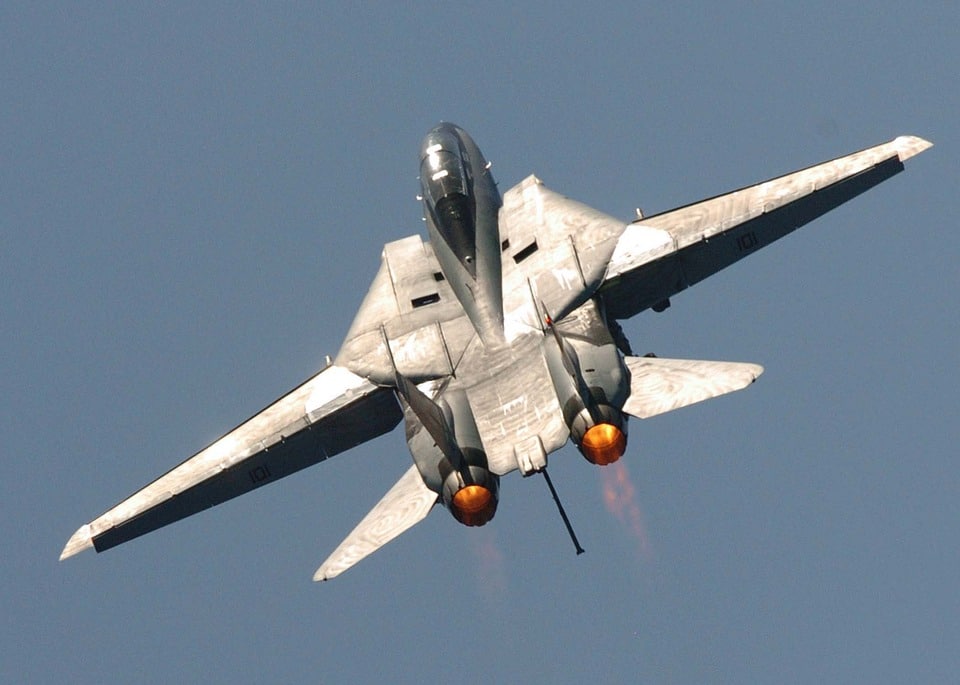
Iran was a much different place prior to the 1979 Revolution that saw the overthrow of Iran’s final monarch, Mohammad Reza Pahlavi, in favor of the Grand Ayatollah Ruhollah Khomeini and his Islamic Republic. While the revolution itself is a complex matter, the ways it affected relations with the West are relatively easy to sum up: the revolution replaced a Western friendly government with a regime that saw America as a philosophical opponent.
Immediately following the establishment of Iran’s Islamic Republic, and amid an ongoing hostage crisis, the United States canceled its shipments of F-14 Tomcats, but it was too late; 79 of the 80 Tomcats that were promised to Iran had already been delivered.
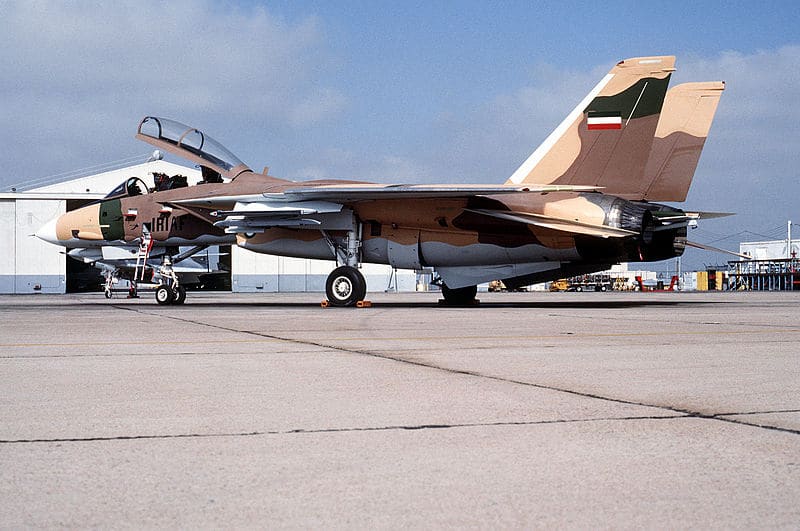
The Grumman F-14 Tomcat was originally designed to serve aboard U.S. Navy carriers, where they would be the first line of defense against Soviet nuclear bombers. As such, the F-14 was built not just to fight, but to cover great distances at a high rate of speed so they could rapidly close with approaching bombers, hold their own against fighter escorts, and prevent Soviet nuclear weapons from ever reaching U.S. shores.
Fortunately, nuclear war never came, and after the fall of the Soviet Union, the Tomcat’s expensive maintenance started to seem a bit less worthwhile. The U.S. Navy eventually decided to phase the F-14 out in favor of the F/A-18 Hornet, an aircraft that emphasized ground engagement, rather than air superiority. The U.S. then literally shredded its remaining F-14s in order to ensure Iran couldn’t get their hands on any of their parts.
(Except for these ones, I guess.)
But that’s just the end of the F-14’s story here in the United States. Thousands of miles away, Iran has continued to operate it’s fleet of 79 Tomcats to this very day… at least, if they’re to be believed.
The United States has made it incredibly difficult for Iran to get their hands on the parts they need to keep the F-14s in the air, so most experts on this side Iran’s border agree that it’s unlikely Iran could field any for a fight. However, Iran contends that they currently have 24 F-14s that are still operational and flight ready, with two that have been upgraded to F-14AMs. These “upgraded” fighters have been modified to fly with reverse engineered, locally sourced, replacement components, as well as weapons systems Iran can reliably get their hands on.
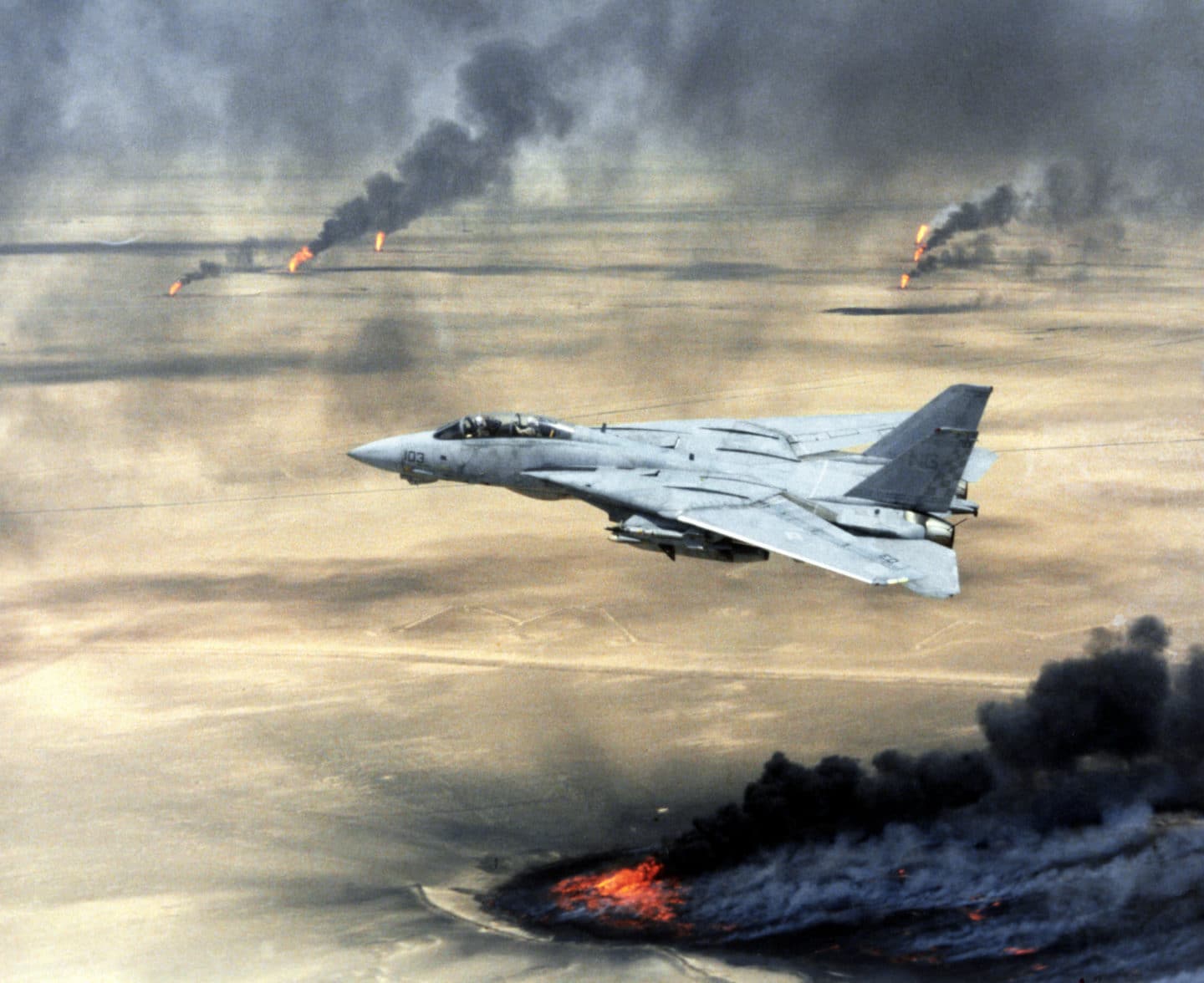
However, two “updated” versions of a long-retired fighter doesn’t make for much of a threat. And even if we were to give Iran the benefit of the doubt and assume they have two-dozen functional F-14s, their pilots will be woefully ill prepared for the rigors of combat.
American fighter pilots are, hands down, the most heavily trained combat aviators in the world. On average, American fighter jocks see nearly twice the seat time in their respective aircraft as compared to their Chinese or Russian counterparts, let alone pilots serving in a less economically developed nation like Iran. And because Iran lacks the means to maintain their F-14s consistently, their pilots likely have next to no experience at all at the stick of the Tomcat. It simply wouldn’t be practical to put them in the air with any regularity.
The F-14 Tomcat is, undoubtedly, one of the most impressive fighters to come out of the Cold War, but in the modern era of stealth platforms like the F-22 Raptor and F-35 Joint Strike Fighter, even Maverick wouldn’t stand a chance in an Iranian F-14.
Read More from Sandboxx News
- This video is a crash course on the F-14 Tomcat
- Why did the F-14 Tomcat retire decades before its peers?
- Sea Eagle: America’s plan to put the F-15 on aircraft carriers
- These are the jets Iran would use in a fight with the US
- MiG-28: ‘Top Gun’s’ fictional Cold War killer
Feature image courtesy of WikiMedia Commons
